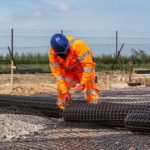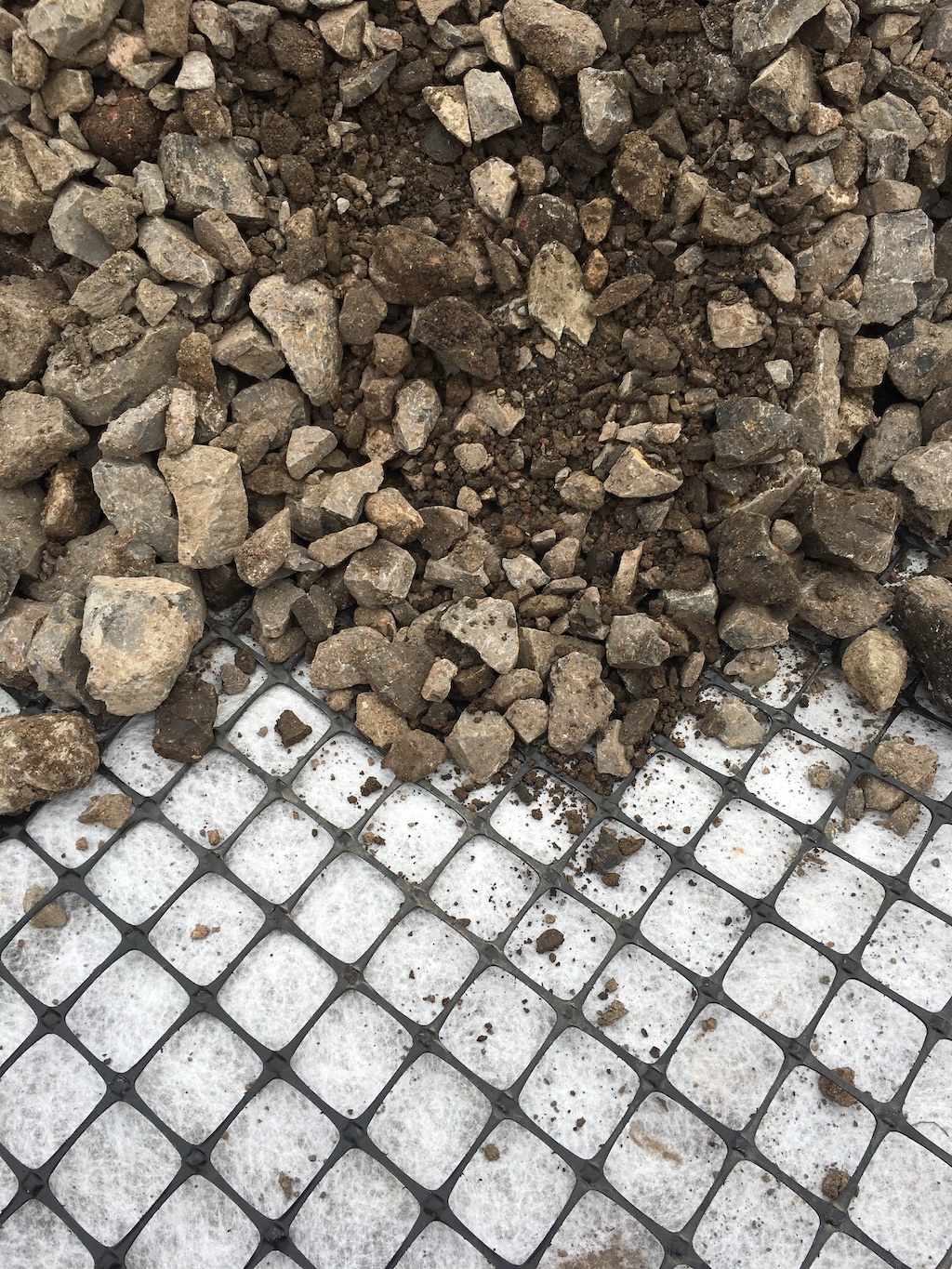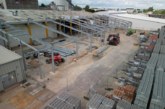Shahid Raza, Engineering Manager UK and Ireland at Wrekin Products, discusses the benefits of geogrids – a sustainable solution designed to reinforce soils and help to minimise construction times.
If we look back to the start of 2021, almost 50,000 new homes were built in the first three months achieving the highest figure for more than 20 years. While this may sound like a success, 300,000 was the magic number throughout recent years and calls for at least 345,000 new houses per year is now the norm.
Timeliness is essential for contractors expected to support internal profitability demands, national housing requirements and global sustainability needs. Therefore, practical and effective solutions are needed.
From a housing perspective, contractors often use reinforced concrete options for slopes and structures on residential developments. These can be labour intensive to install, carbon intensive to create and a costly element of a project.
There is an opportunity for the use of concrete to be reduced, or even eradicated, from this stage of new developments, and there is a solution available that can be tailored for different projects that is no less effective more than 50 years after its arrival to the construction and infrastructure market.
Geogrids
For contractors and developers under pressure, geogrids – a member of the geosynthetics family – are an under-utilised range of products capable of invaluable benefits simply through reinforcing soils and similar materials. Furthermore, they can accelerate build programmes and enable a strong start on-site before construction even begins.
The long-term impact of geogrids can be identified from multiple perspectives, such as making the reinforced area capable of easier redevelopment in the future and the increased value of the site as a result. Geogrids combine the use of long-lifecycle plastic with the least amount of non-renewable resource to support the maximum life of structures.
These solutions use minimal manmade materials, offering a more sustainable option to the traditional concrete alternatives that is no less robust considering they also improve the bearing capacity and safety of a structure. There is also the option of re-using on-site material, even from previously failed slopes, which can be excavated to support constructing a stable embankment or slope.
Time saving
Reinforced soil slopes are less obtrusive and more aesthetically pleasing for communities, particularly if they are designed with a planted face. As well as being more aesthetically pleasing, a reinforced retaining wall will reduce time on a construction programme. These savings can be increased further through curved and tiered reinforced soil retaining walls.
Making the most of unused site materials
Wrekin was approached by earthworks contractor DXI to cost an existing soil bund design, at which point the team quickly recognised that an effective solution, which would use three times less materials, was possible.
Working closely with DXI and digging further into their requirements revealed that the recommended erosion control system wasn’t needed and the site had a surplus of clay ideal for the bund.
The solution was to create a bund with a shallower face, with an environmental barrier on top, replacing the erosion control system. This alternative saved significant costs with a solution tailored to fit the construction process on site, making the most of surplus material that would otherwise need disposing of.











